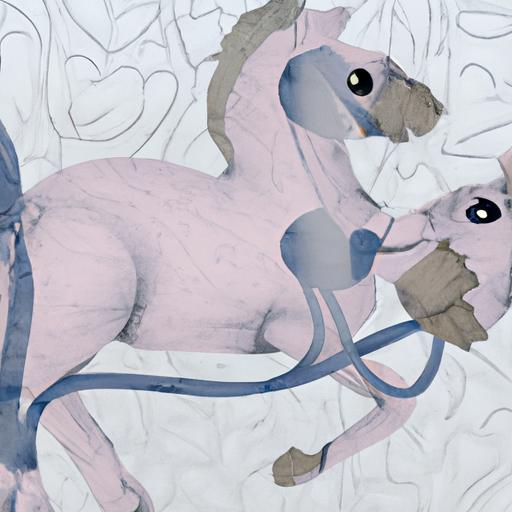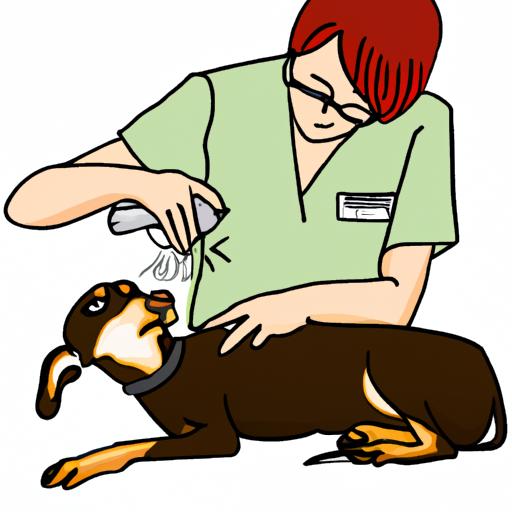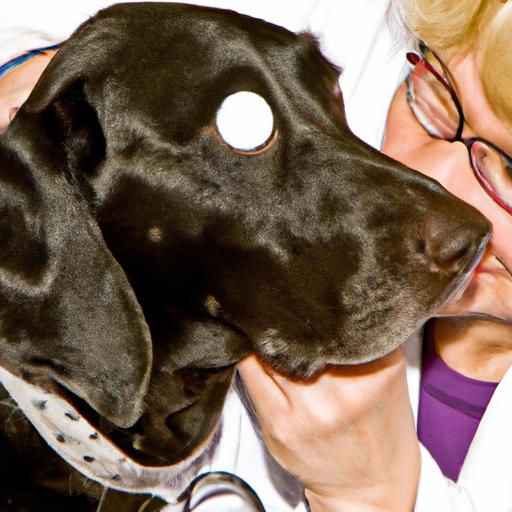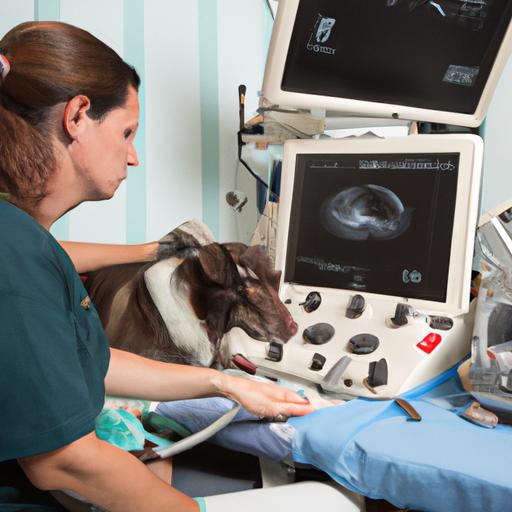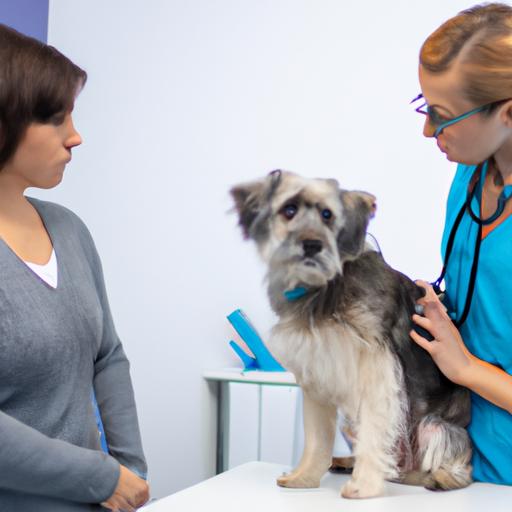
- Home
- Health and Prevention
- Diagnosing Canine Hyperthyroidism: Understanding the Silent Threat to Your Dog’s Health
Diagnosing Canine Hyperthyroidism: Understanding the Silent Threat to Your Dog’s Health
Discover the importance of diagnosing Canine Hyperthyroidism in dogs. Understand the causes, symptoms, and tests for early detection. Stay informed!
Introduction
As pet owners, we strive to ensure the well-being of our furry companions. However, certain health conditions can often go unnoticed, potentially putting our dogs at risk. One such condition is Canine Hyperthyroidism. In this comprehensive guide, we will explore the intricacies of diagnosing Canine Hyperthyroidism, shedding light on its causes, symptoms, and the importance of early detection.
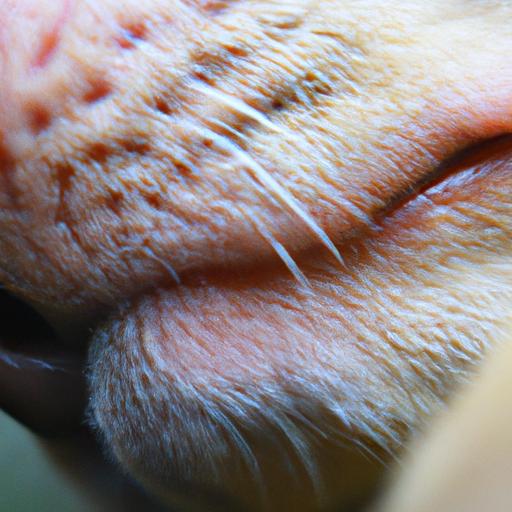
Understanding Canine Hyperthyroidism
What is Canine Hyperthyroidism?
Canine Hyperthyroidism refers to the excessive production of thyroid hormones by the thyroid gland in dogs. Unlike its counterpart in humans, this condition is relatively rare in canines. The thyroid gland, situated in the neck, plays a critical role in regulating metabolism. When it becomes overactive, it can wreak havoc on your dog’s health.
Causes and Risk Factors
While the exact cause of Canine Hyperthyroidism remains unknown, several factors may contribute to its development. These include genetic predisposition, exposure to certain environmental toxins, and dietary factors. Dog breeds such as Golden Retrievers, Doberman Pinschers, and Dachshunds have been found to be more susceptible to this condition.
Signs and Symptoms
Recognizing the signs and symptoms of Canine Hyperthyroidism is crucial for prompt diagnosis and treatment. Some common indicators include weight loss despite increased appetite, excessive thirst and urination, restlessness, hyperactivity, hair loss, and vomiting. If you notice these symptoms in your beloved companion, it’s vital to consult a veterinarian promptly.
Diagnostic Tests
To confirm the presence of Canine Hyperthyroidism, veterinarians employ various diagnostic tests. These may include a complete blood count (CBC), thyroid hormone level assessment, and imaging techniques such as ultrasound or scintigraphy. These tests help to determine the severity of the condition and guide the appropriate treatment plan.
FAQ about Diagnosing Canine Hyperthyroidism
How is Canine Hyperthyroidism diagnosed?
The diagnosis of Canine Hyperthyroidism involves a series of tests conducted by a veterinarian. These tests usually include blood work to measure thyroid hormone levels and evaluate organ function. Additionally, imaging techniques like ultrasound or scintigraphy may be employed to assess the size and condition of the thyroid gland.
Are there any specific tests to confirm the diagnosis?
Yes, specific tests are available to confirm the diagnosis of Canine Hyperthyroidism. Thyroid hormone level assessment, including measuring T3 and T4 levels, is crucial in determining the presence and severity of the condition. Your veterinarian may also recommend additional tests to rule out other potential health issues.
Can other health conditions be mistaken for Canine Hyperthyroidism?
Yes, some symptoms of Canine Hyperthyroidism may overlap with those of other health conditions, such as kidney disease or diabetes. That’s why it’s essential to consult with a veterinarian who can conduct a thorough examination and run the necessary tests to accurately diagnose your dog’s condition.
Can age or breed affect the diagnosis?
Certainly, age and breed can influence the diagnosis of Canine Hyperthyroidism. While this condition can affect dogs of any age, it is more commonly observed in middle-aged and older dogs. Certain breeds, as mentioned earlier, tend to be more susceptible to this condition due to genetic predispositions. However, it’s important to note that Canine Hyperthyroidism can occur in any breed.
What should I do if my dog is diagnosed with Canine Hyperthyroidism?
If your dog is diagnosed with Canine Hyperthyroidism, it’s essential to follow your veterinarian’s advice and treatment plan. They may recommend medication, dietary changes, or additional monitoring. Regular check-ups and follow-ups will be necessary to ensure your dog’s thyroid hormone levels are properly regulated and their overall health improves.
Conclusion
In conclusion, Canine Hyperthyroidism is a condition that demands our attention as responsible pet owners. By understanding its causes, recognizing the signs and symptoms, and seeking early diagnosis, we can provide our dogs with the care they deserve. Remember, a vigilant eye and regular veterinary check-ups are crucial in maintaining your dog’s overall health and well-being. So, be proactive, listen to your furry friend’s needs, and together, let’s ensure a happy and healthy life for our beloved companions.


